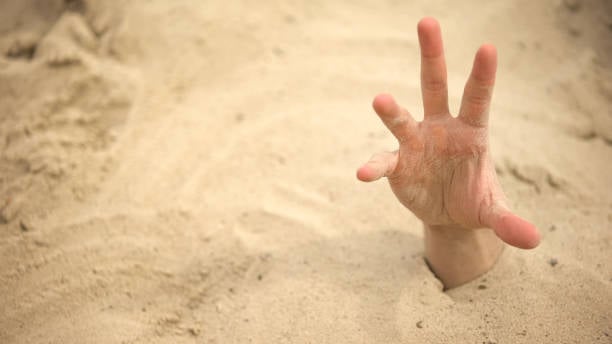Nobody has everything figured out, but a lot of people have some things really figured out. Over the past few months, I’ve been really exploring what people have to say about the “best” leadership traits. In my journey, I’ve read multiple books and articles on the topic and find a lot of great wisdom and a lot of great traits. However, “a lot” of something often doesn’t yield clarity. I wanted to really boil it down.
I started to make lists from the different books I read. One book had 27 different traits and habits of effective leaders, another one had 7, others had more or less. The suggestions ranged from being healthy to focusing on others to building emotional intelligence. They are all great ideas, but I was looking for a simple framework that would provide focus for all these different ideas.
I started to notice a pattern in the ideas that were presented.
One set of ideas were focused on the leader themselves. How do you use your own strengths? How do you express your ideas? How do you make yourself more healthy? How do you have great ideas?
The other set of ideas were focused on people other than the leader. How do you listen well? How do you have difficult conversations? How do you juggle your responsibilities? How do you earn engagement from a team?
It really looks like leadership is a balance between you and the world. We’ve seen this pattern before.
In organizations, this same need for balance shows up between the needs of the individuals and the needs of the team. We express People Centric Organizations as being a balance between empowerment and alignment. If empowerment is turned up too high, you get entitlement. If alignment is turned up to high, you get disengagement.
I was chatting with a friend of mine about this over after work drinks and he pointed me to a podcast that featured the “corporate poet” David Whyte. Whyte said something like (I am paraphrasing here), “we are constantly working on the front between what we need from the world and what the world needs from us”. Here is this balance again! Then he referred to the work of Brene Brown. I quickly picked up a couple of her books and listened to a podcast featuring her.
She had it figured out. This balance of leadership is what Brown calls “Courageous Vulnerability”.
There is a natural conflict within all of us as humans that we wrestle with daily. This conflict happens between 2 fundamental needs.
The first need is our desire to recognize our own potential to influence the world around us. We have a fire inside of all us to be ourselves and use our strengths to make an impact on the world. This impact might be through starting a company or it might be through relationships or it might be through the creation of art. Whatever the impact, it’s a desire to be who we were created to be.
The second need is our need to be a part of a community. This is very anthropological. We need each other. This stems from our historical need of other people for fundamental survival and carries into our day to day lives. We want to be part of a village.
When we have needs, we also have fears. We have a natural fear of not realizing our potential. We also have a natural fear of upsetting the herd and being cast out from the village. These two fears can overtake us.
For example, one of the biggest challenges for every leader and every organization is avoided conversations. A person sees someone else doing something that they don’t like or where they could do better, but they don’t say anything. This is where fear takes over. If we say something, we risk being shunned. At the same time, if we don’t say anything, we feel terrible and it comes out in very unhealthy ways. We talk to everyone except for the involved party. We spread rumors. We build up stories in our head that create divisions and further conflict.
The answer to having both of these needs met is to find balance. If we turn up our own potential too high, we turn off the people around us. If we turn up our desire to please everyone else too high, we turn off ourselves. Fortunately, we don’t have to choose one or the other. We can balance both through what Brown calls “Courageous Vulnerability”.
Being courageous means being willing to use our own strengths and insights. It means being willing to have the difficult conversation. It means being willing to share your experience.
However, at the same time, we need to be vulnerable. It means being willing to be wrong. It means being willing to not have all of the answers.
Courageously vulnerable leaders are so effective because they learn that these two needs don’t conflict with each other, but actually create an amazing synergy. A courageously vulnerable leader can enter into a difficult conversation with a humble tone that expresses a need but engages the other party. This type of leader gets to use their strengths and the strengths of the people around them and everyone is better off for it.
As you explore your own leadership style, it might be helpful to think about the answers to these questions:
- When are you courageous? When are you vulnerable?
- What are your fears that keep you from being a better leader?
Exploring these questions has helped me gain insights into my own leadership effectiveness. I hope they help you as well.




